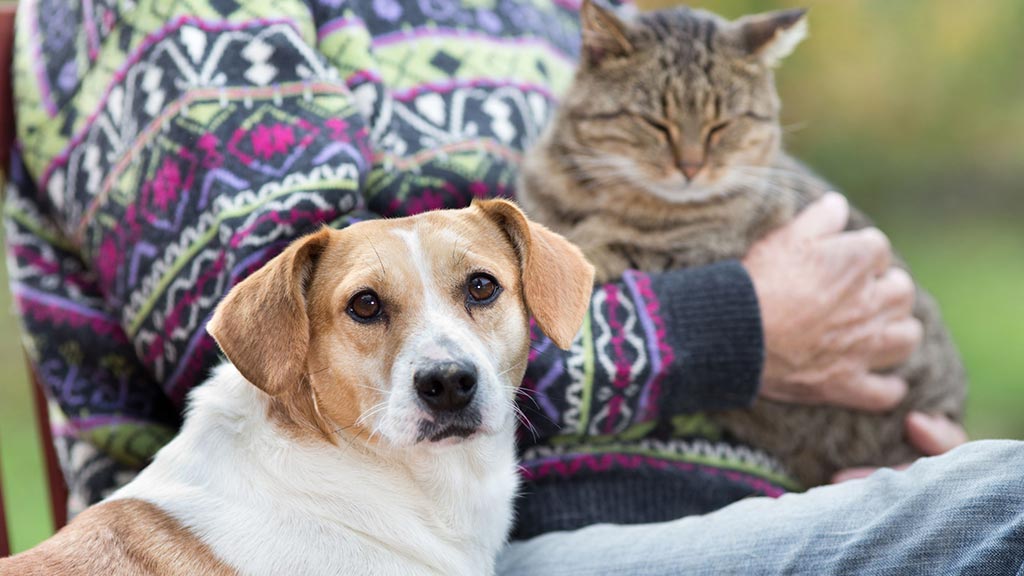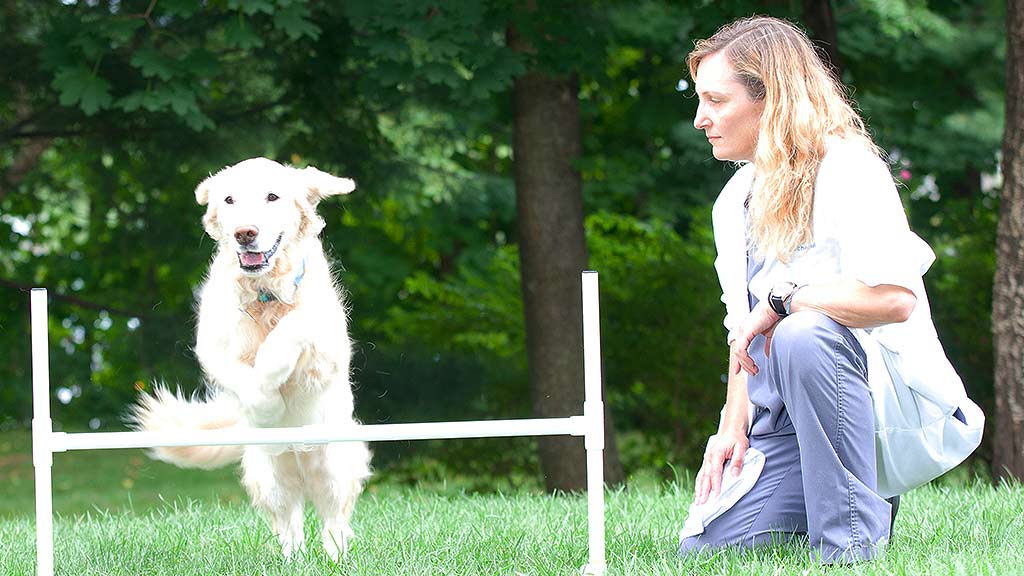
Animal behaviorists from around the country ponder why some dogs love the snow (and others hate it).
It’s Fun
We hope that science gives us impressive answers to life’s hard questions, but sometimes the simple prevails. To determine how dogs feel about the snow, behaviorists look at other species’ reaction to it. It turns out that people, prairie dogs, bears, otters, pandas, and even birds are among the many animals that delight in the snow. The reason? They’re playing and playing, like dreaming, seems to be hardwired into all animals. As Vint Virga, veterinary behaviorist and author of the book The Soul of All Living Creatures says, “As children and young animals are growing up, play seems to have a role in giving them an opportunity to practice and explore behaviors. It gives them an opportunity to learn how other animals are responding to them, so they can learn about social context of how it’s appropriate to behave.”
It’s Stimulating
The pads on dogs’ feet are very vascular and covered with thick skin, so when dogs trot out into the snow, they can enjoy the sensation without worrying that they didn’t bring an extra pair of socks. That is to say, 8 inches of white on the lawn can be cool, not cold. Also, turning a predator loose in an environment that looks completely different from what it did yesterday brings out a primal desire to investigate, hunt, and sniff.
https://youtu.be/ZLxtjyAEEoo?t=17
Everything Looks And Smells Different
Building on the idea of stimulation, snow changes the way that the signs of potential prey appear and smell. Urine deposits from other animals are not only marked by scent, but color, as white snow turns to yellow. Once familiar scents are altered by the cold and the dilution of snow brings out qualities that were not there before. To a dog with 10-100K times the smelling ability of a human, this kind of change is like turning a pig loose in a field of truffles.
Not Everyone is Amused
But some dogs hate the snow. Dogs with long hair develop matts of ice and snow between their toes that make walking uncomfortable or downright painful. Small dogs get cold more easily than larger dogs as do dogs with pendulous abdomens that brush against or are submerged in snow when they walk. If you are a dog with arthritis, the snow is likely to exacerbate arthritic pain and complicate any mobility issues. Lastly, short-legged canines, known as achondroplastic dogs, best mobilize by trotting, a gait that’s particularly hard to do when you are up to your chin in the white stuff.
Why Does My Dog Dive Into the Snow?
When your dog dives in the snow, he or she is may be hearing (or smelling) vermin moving through underground snow tunnels that they have dug. Animals like moles or voles love snow because it affords them the chance to travel greater distances undercover, in this case the cover of snow. This tunneling behavior is a boon for animals like dogs, foxes, and wolves that have adapted the ability hear the animals below and to take a grab at them when they pounce.
According to this video, foxes don’t just hear mice beneath the snow, they locate them with the help of Earth’s magnetic field!







